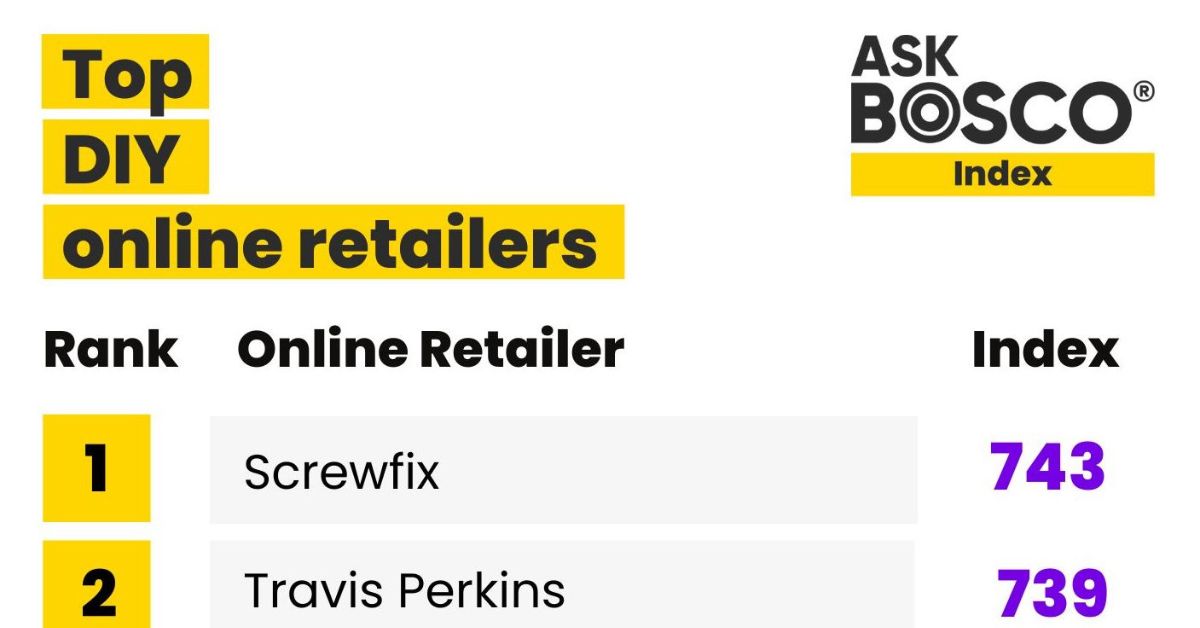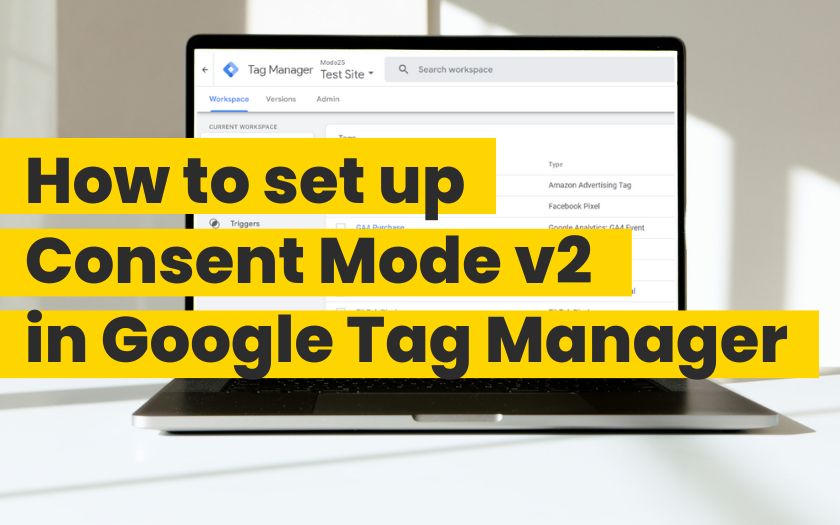As a marketer or business owner, you already know the importance of driving consumers to your website. But how do you prove that your digital marketing is working?
UTM tracking helps you to understand where your traffic is coming from and the journey users are taking to find you. They can be incredibly useful for measuring the success of campaigns across paid, social and email marketing. So, let’s get into exactly how to use UTM codes effectively to guide your marketing strategies.
What are UTM tracking codes?
If you’ve never heard of UTM codes before, they are fairly simple to wrap your head around. UTM stands for ‘Urchin Traffic Monitor’ – an analytics software that served as the base for Google. They are basically a bit of code that you can add to the end of a URL that will track the performance of that particular webpage.
What are the different parameters within tracking codes?
There isn’t just one magic piece of code that can measure everything – unfortunately. However, this allows you get a deeper and better understanding of your chosen area. If you’re new to all of this and you’re wondering how to use UTM codes, there are five types you need to know, they are: source, medium, campaign, content and term.
Source UTM: Tells you where your traffic is originating from, e.g., Facebook, Google, Twitter etc.
Medium UTM: Tells you what type of media traffic is originating from, e.g. email, social, display, referral etc.
Campaign UTM: Gives you insight into the traffic generated from a particular campaign. This is useful if you’re running multiple ad campaigns at the same time.
Content UTM: Allows you to track multiple links that point to the same URL. For example, if you have more than one link in the same email. By using a content UTM, you will be able to see exactly which link users are clicking on most.
Term UTM: If you’re running paid ads, term UTMs allows you to track the keywords users have found your site through.
It’s easy to spot a UTM tracked page, all will be revealed in the URL. All UTM parameters will appear in the URL as a query string, &utm_source=twitter or &utm_content, for example. It is possible to use all tracking parameters in the same query string. To do this, there needs to be an ‘&’ sign in between every piece of UTM code. Don’t forget, your query string must start with a ? too. Your URL would look something like this:
mywebsite.com/example-page-/?utm_source=facebook&utm_medium=cpc&utm_campaign=digital_marketing&utm_content=banner_ad
How do you create UTM codes?
UTM codes can be created manually. However, it’s best to automate things as much as you can to avoid human error. Plus, you will still need a platform in which to monitor your codes. Some marketing platforms can help with this as they have built in custom parameters that dynamically add the details you require for the UTM tracking.
Most marketers create UTM codes for Google Analytics. This gives you a dashboard and a place to measure your success. Google also has a Campaign URL Builder tool which essentially does all of the hard work for you.
Things worth noting before using UTM codes
Using UTM codes can massively help you to get a more in-depth understanding of your users’ behaviours online in relation to your brand. However, they mean nothing unless you’ve got a good grasp on the data behind it all.
For example, the quality of data you get out is only as good as the data you put in. If you aren’t processing your data properly, your results can be misleading. So, make sure you are able to combine data from multiple sources in a seamless format to make reporting that bit easier.
The key to this is consistency in your naming convention. Make sure that you are not changing from uppercase to lowercase, for example “Facebook” and “facebook”. Also make sure that campaigns names in your marketing platforms are the same as what you are using for your UTM. It is also best practice not to have spaces in the campaign names. Doing this makes it easier to understand the cost assigned to a campaign to how successful it has been.
UTM’s are an insightful way to measure and attribute the success of your digital marketing campaigns. They can give you further understanding of your users’ behaviours which enables you to better plan and strategise for campaigns that keep delivering results in the future.
How does your business stack up on the BOSCO™ Index? BOSCO™ uses third party data and machine learning to benchmark your digital marketing performance against your closest competitors.
If you would like to try BOSCO™ for free or to book a personalised demo to find out how our platform can work for you, click here.




